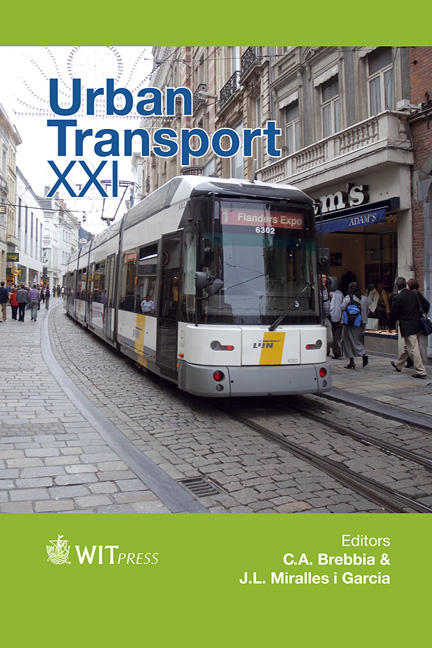Road Design Intervention Based On Traffic Accident Dynamics: A Forensic Intelligence Approach
Price
Free (open access)
Transaction
Volume
146
Pages
10
Page Range
569 - 578
Published
2015
Size
610 kb
Paper DOI
10.2495/UT150461
Copyright
WIT Press
Author(s)
C. A. Andrade, B. Telles, M. S. Sercheli, N. M. Kawano, R. M. Soares, A. N. Vicente, W. X. Camargo Filho, J. A. Gomes
Abstract
Traffic accidents in the Brazilian Federal District historically have killed more than 400 people per year. With the purpose of reducing this number and saving lives, we investigated all fatal car crashes which occurred in 2012, proposing solutions for the most dangerous areas. However, the focus of this paper is to study in detail the worst hot spot, located at the intersection formed by two highways (BR-251 and DF-473). To do this, we used forensic data to reconstruct the collisions, which allowed us to identify some contributing factors for these events, namely: the lack of speed control devices, inadequate signs and a route that provides the cross-flow without safety conditions. Besides, all collisions occurred in this crossroad had very similar car crash dynamics. Thus, we suggested two possible engineering road interventions: (i) an emergency intervention: placement of lines to stimulate the speed reduction, before a transversal bump; and (ii) a definitive intervention, more expensive and longest deployment engineering: the adoption of a roundabout preceded by an electronic speed control device with the necessary traffic signs adaptation. We emphasize that the Prosecution Service of the Federal District and Territories supported this work in order to have qualified technical information to demand efficient actions from authorities responsible for the roads.
Keywords
intelligence-led policing, forensic intelligence, environmental criminology, road intervention, transportation safety and security





